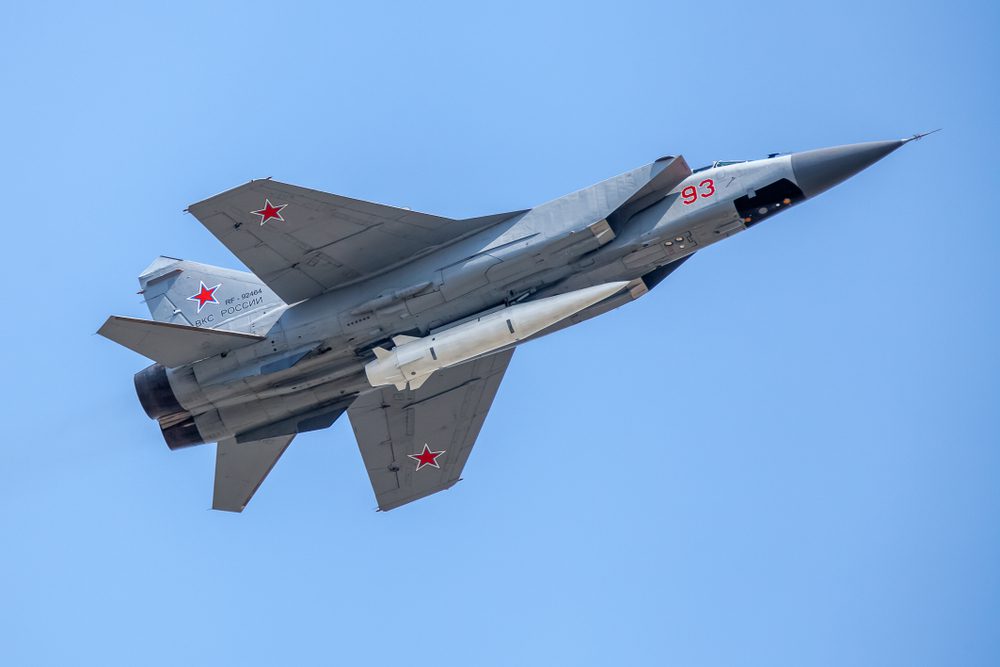The Russian military announced that it had deployed its Kinzhal hypersonic ballistic missile to destroy an underground arms depot in Deliatyn, an urban area in southwestern Ukraine near the Romanian border. The Kinzhal, named after a Caucasian dagger, can reportedly travel between 12,000 and 14,700 kilometers per hour, compared to a U.S. Tomahawk’s 885 to 913.6 km/h.
The hypersonic missile, which can be equipped with nuclear load, was first used in the Arctic during November 2019, and again in Syria in June 2021. Its development had been announced in 2018, along with other high-tech weaponry.
There are questions around its accuracy, as well as Russia’s total remaining arsenal of accurate munitions, given the deployment of a high number of (specifically Iksander short-range ballistic) missiles so far (potentially 1,080 since the 24th of February).
Whether there is merit to these arguments concerning Russia’s ability to wage a protracted conflict, and whether hypersonic missiles alter the day-to-day reality of on the ground fighting, the case for the viability of establishing a no-fly zone over Ukraine (which NATO, in any case, has rejected) is certainly hurt by the use of the Kinzhal.
The use of hypersonic missiles and Russian missile advancement will also likely shape the European rush to increase military budgets and purchase weaponry.






